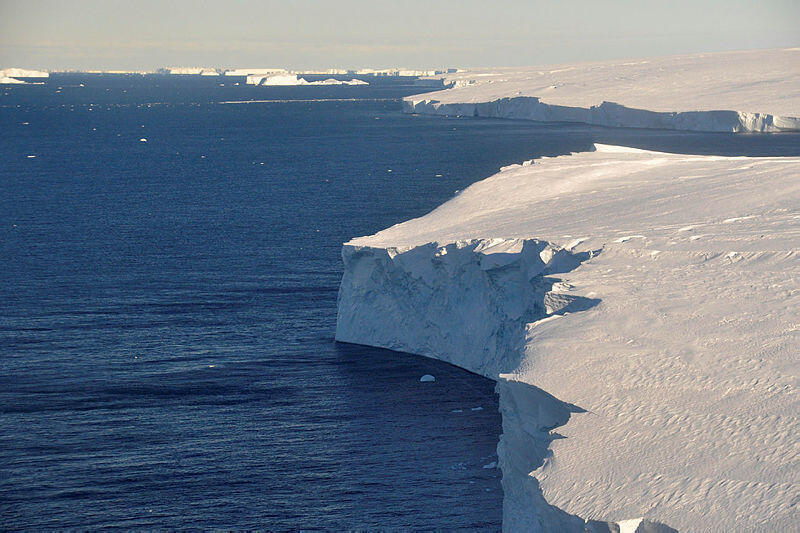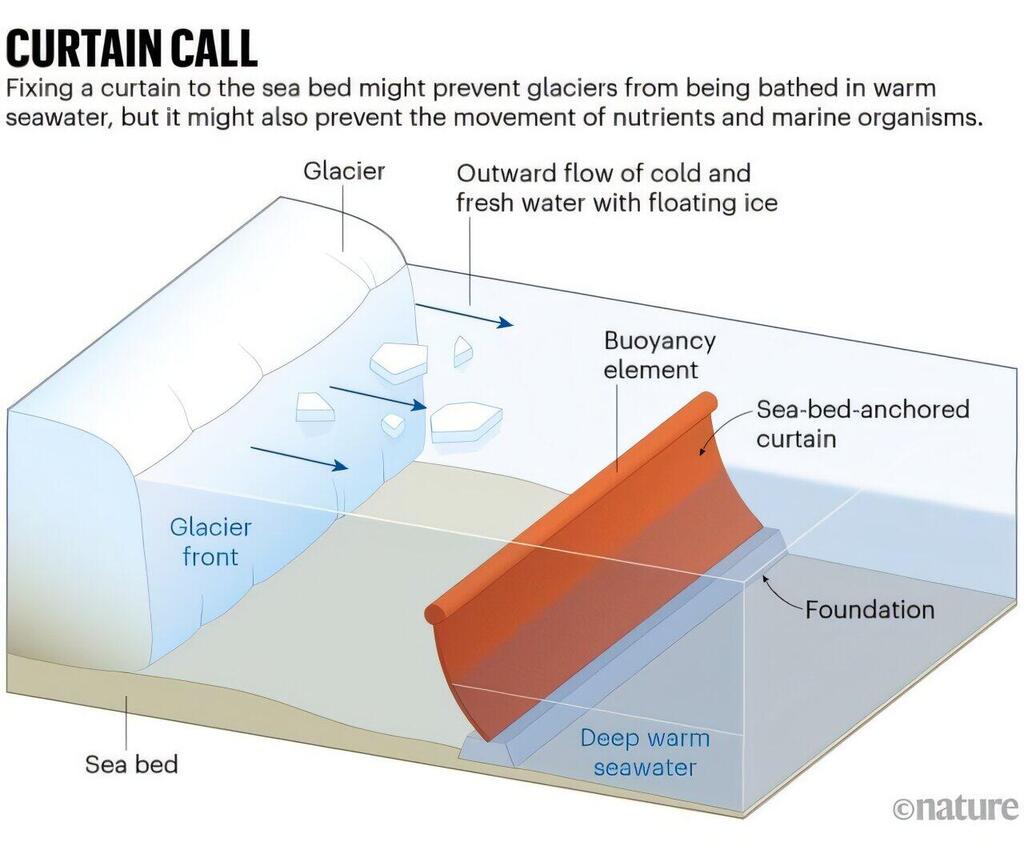Getting your Trinity Audio player ready...
The West Antarctic ice sheet is undergoing significant contraction, with a concerning rate of retreat and melting among its glaciers due to the exacerbating effects of the climate crisis. The resultant rise in sea levels poses a critical risk to populations residing in low-lying coastal regions worldwide. The Thwaites Glacier, ominously dubbed the "Doomsday Glacier," is particularly central to these concerns.
Doomsday Glacier
Research published in the Proceedings of the National Academy of Sciences by teams from the University of California, Irvine, and the University of Waterloo highlights that warming tidal currents are accelerating the melt of Thwaites Glacier beyond previous projections. Conversely, a separate study from Dartmouth College and the University of Edinburgh in Science Advances suggests the glacier may be more resilient to collapse than current models predict. Amid uncertainties, some experts are exploring glacial climate engineering as a potential intervention to mitigate the destructive impacts of glacier melt, as noted in a Columbia University review.
Thwaites Glacier, positioned along the ocean-facing edge of West Antarctica's ice sheet, measures eight times the size of Israel and surpasses Florida's land area. Its complete dissolution could precipitate a nearly four-meter rise in global sea levels, posing a severe existential threat to major coastal metropolises and small island nations alike.
Currently, Thwaites Glacier accounts for 4% of the global sea level rise, losing 50 billion tons of ice annually due to climate change. Dire predictions forecast that reaching a climatic tipping point, characterized by critical atmospheric and oceanic warming thresholds, will include the disintegration of the West Antarctic ice sheet, including Thwaites Glacier, leading to substantial, accelerated, and irreversible climate shifts.
Given the uncertainty and potential for rapid and extreme sea level rise, if the glacier melts more swiftly than anticipated, some experts advocate for glacial climate engineering—a technological and infrastructural approach to decelerate or halt glacier retreat amidst rising global temperatures.
A consortium of glaciologists, including those from the University of Chicago and the University of Lapland, released a report in July emphasizing the necessity for further investigation into glacial climate engineering as a response to the threats posed by rapidly retreating glaciers. Professor John Moore from the Arctic Centre at the University of Lapland, a co-author of the report, stated: "It will take us 15 to 30 years to develop a robust knowledge base to recommend or reject glacial climate engineering interventions—we must begin immediately to prepare for the future."
Proposals to safeguard Thwaites Glacier and others in West Antarctica include deploying massive underwater curtains to disrupt warm tidal currents, thereby partially preventing glacial melt. "For certain polar tipping points, such as Arctic sea ice and the West Antarctic ice sheet, climate engineering appears to be the only viable approach, focusing on mitigation rather than complete prevention," asserts Gernot Wagner, a climate economist at Columbia University's Climate School.
The above diagram illustrates one of these climate engineering solutions, utilizing a type of curtain to obstruct warm seawater from hastening the melt of Thwaites Glacier.
Nevertheless, many of these proposals face resistance from glaciologists and climate scientists who argue the practical implementation is challenging, if not downright impossible. They also caution that such solutions may detract from addressing the core issue: anthropogenic greenhouse gas emissions. Consequently, excessive reliance on strategies like climate engineering may prevent the adoption of essential measures to curb harmful emissions.
As we approach climatic tipping points, such as the potential melting of Thwaites Glacier, many believe climate engineering could serve as a powerful tool, provided it is not perceived as a panacea. "Climate engineering is not the solution to climate change but extends the timeline to address the need to curtail greenhouse gas emissions," concludes Wagner.
Get the Ynetnews app on your smartphone:






